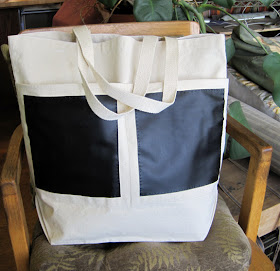 |
| Fascinators topped with purple Peeps |
Here is an after-the-fact Easter bonus for makers. Too late for this year's Easter parade but pin it or bookmark it for next year or revise the concept to suit another occasion.
These little headpieces bring new meaning to the expression, "I'll eat my hat." Technically, these are not hats they are "fascinators" — the little nonsense creations worn by the fashionable, by nobility attending a royal wedding, and by anyone who launches into the project below.
 |
| Modeling a Peeps fascinator fashioned from felt and tulle. |
Materials required: cheap headbands (buy them in a pack, like six for $3); felt scraps; a half-yard each of a couple of colors of tulle. I also scored some little straw hats intended for dolls to use as a base for a few of the fascinators. And finally — Peeps! Choose any color you want. Note that if you do not eat them within a day after creating the hat, the Peeps turn into a material resembling styrofoam and appear to be semi-indestructible.
 |
| Peeps fascinator using straw doll's hat and felt as base, embellished with tulle |
To make the hats, play with the tulle and felt (and straw hats if you have them) until you have something pleasing and stitch them together with a needle and thread. Use a glue gun to attach the Peeps and again to attach the entire hat to the headband. When gluing the hat to the headband, glue it slightly to one side of the arc or the other so the fascinator has a rakish tilt when worn.
 |
| Adults in a variety of Peeps fascinators (click to enlarge) |
 |
| Toddler sporting high-fashion fascinator |
If you want to involve young children in the making activity and they aren't adept at sewing, try using some soft homemade Playdough as a fixative to hold elements of the hat together. See the example below, made and modeled by a three-year-old. For the toddler and three-year-old's fascinators, soft circular headbands were used instead of rigid plastic ones.
 |
| Made and modeled by a three-year-old |





































